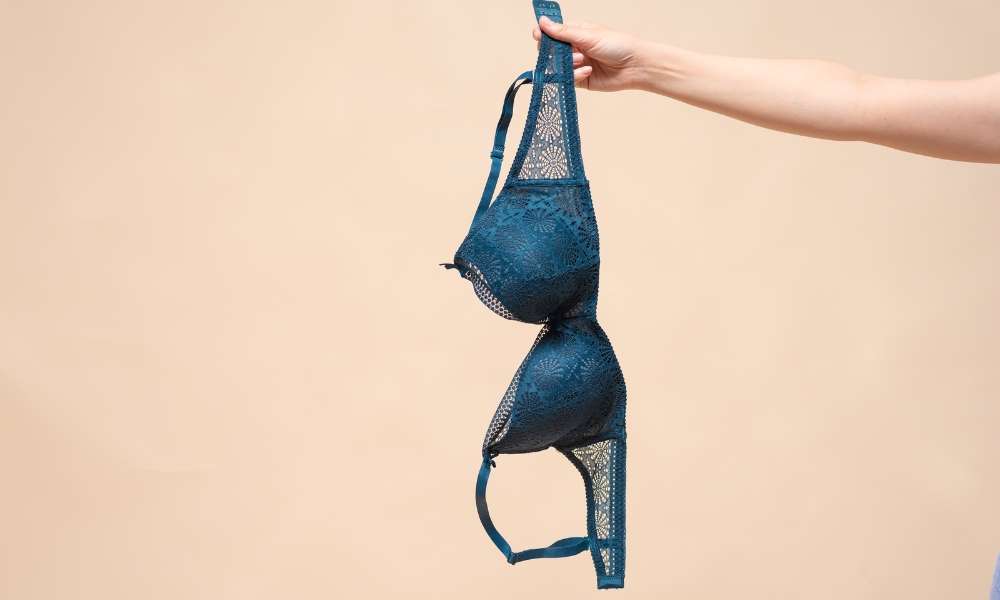Silk and Lace Knickers: A Practical Guide to Fabric, Fit, Care, and Selection
Silk and lace knickers represent a sophisticated blend of luxury and comfort in intimate apparel. These delicate undergarments combine the natural breathability and temperature-regulating properties of silk with the intricate beauty and stretch of lace materials. Understanding the unique characteristics of these fabrics, proper fitting techniques, and maintenance requirements helps ensure both comfort and longevity of these investment pieces.

Selecting quality intimate apparel involves understanding fabric properties, construction methods, and care requirements. Silk and lace knickers offer a premium option that balances aesthetics with functionality, though they require specific knowledge for optimal selection and maintenance.
Understanding Materials: Silk and Lace Properties
Silk fabric provides natural temperature regulation, moisture-wicking capabilities, and hypoallergenic properties that make it suitable for sensitive skin. The protein fibers in silk create a smooth surface that reduces friction and irritation. Mulberry silk, considered the highest quality, offers superior durability and luster compared to other silk varieties.
Lace materials vary significantly in composition and construction. Stretch lace typically contains elastane or spandex blended with nylon or polyester, providing flexibility and shape retention. Non-stretch lace, often made from cotton or synthetic fibers, offers decorative appeal but requires careful sizing. French lace and Chantilly lace represent traditional high-quality options, while modern synthetic laces provide durability and easier care.
Fit and Sizing: Choosing the Right Cut and Measurements
Proper sizing requires accurate measurements of waist and hip circumferences at their widest points. Silk and lace materials behave differently than cotton or synthetic blends, often requiring size adjustments. Silk naturally drapes and conforms to body contours, while lace stretch varies based on construction.
Cut styles significantly impact fit and comfort. High-waisted designs provide coverage and support, while low-rise options offer minimal visibility under clothing. Brazilian cuts offer moderate coverage with a flattering silhouette, and thong styles eliminate visible panty lines. Consider the intended use, clothing compatibility, and personal comfort preferences when selecting cuts.
Comfort and Durability: Construction and Wearability
Quality construction features include flat seams, cotton gussets for hygiene, and reinforced stress points. French seams, where raw edges are enclosed, prevent fraying and increase durability. The gusset material should be breathable cotton or silk to maintain proper moisture management and prevent bacterial growth.
Lace application methods affect both appearance and longevity. Bonded lace creates smooth edges but may separate over time, while sewn lace offers superior durability. Elastic quality determines shape retention and comfort. Covered elastic bands provide smoother edges and reduce rolling.
Care and Maintenance: Washing, Drying, and Storage
Silk requires gentle care to maintain its properties and appearance. Hand washing in cool water with pH-neutral detergent preserves fiber integrity. Avoid bleach, fabric softeners, and harsh chemicals that can damage silk proteins. If machine washing is necessary, use a mesh bag and delicate cycle with cold water.
Lace care depends on fiber content and construction. Stretch lace tolerates gentle machine washing, while delicate laces require hand washing. Turn garments inside out to protect decorative elements. Never wring or twist wet silk or lace, as this can cause permanent damage.
Drying should occur away from direct sunlight and heat sources. Lay flat on clean towels, reshaping while damp. Avoid hanging, which can stretch fabrics and distort shapes. Storage requires clean, dry conditions with adequate air circulation. Cedar blocks or lavender sachets provide natural moth protection without chemical residues.
Buying Guide: Ethical Sourcing, Quality Indicators, and Budget
Quality indicators include consistent stitching, properly aligned seams, and smooth fabric surfaces without snags or irregularities. Check elastic recovery by gently stretching and releasing bands. High-quality silk exhibits natural luster and smooth texture, while inferior silk appears dull or rough.
Ethical sourcing considerations include fair labor practices, sustainable production methods, and cruelty-free silk alternatives. Peace silk, harvested after moths naturally emerge, provides an ethical option, though it typically costs more than conventional silk. Look for certifications like OEKO-TEX Standard 100, which ensures textile safety.
| Brand Category | Price Range | Key Features | Material Quality |
|---|---|---|---|
| Luxury Designer | $80-300 | Hand-finished details, premium silk | Mulberry silk, French lace |
| Mid-Range Premium | $30-80 | Quality construction, good fit | Silk blends, stretch lace |
| Accessible Quality | $15-30 | Basic construction, standard sizing | Synthetic silk-feel, basic lace |
| Budget Options | $5-15 | Simple designs, limited sizing | Polyester, basic elastic lace |
Prices, rates, or cost estimates mentioned in this article are based on the latest available information but may change over time. Independent research is advised before making financial decisions.
Investment in quality silk and lace knickers provides long-term value through durability, comfort, and aesthetic appeal. Proper selection based on fabric understanding, accurate sizing, and quality construction ensures satisfaction with these premium intimate apparel pieces. Regular maintenance and proper care extend lifespan and preserve the luxurious feel that makes these garments worthwhile investments in personal comfort and confidence.




